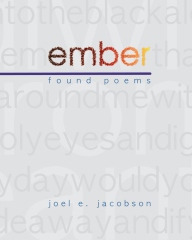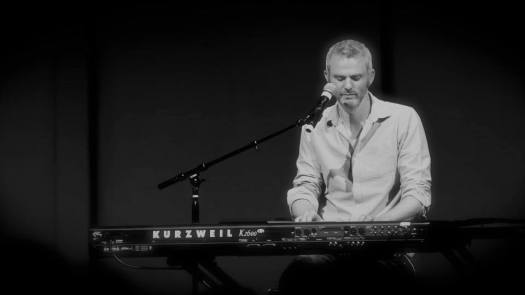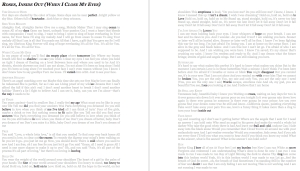I’ve had the privilege of working with junior and senior high kids at the annual Lighthouse Young Writers Summer Camp. The cool thing about teaching at summer camp is you get to teach, encourage kids with their writing, and never have to grade a thing. It’s really the way teaching should be. But I’ll save that rant for another time.
Between the creative writing class I teach at school and the classes I’ve taught at Lighthouse, I’ve noticed that young writers are sensationalists. Parents get killed. Alcoholism tortures every family. Shooting sprees are common endings and solutions to a character’s problems. On occasion, I find myself wishing for a therapist’s number on speed dial by the time I finish reading these stories.
Why is it that so many writers resort to blood bath?
Because young (and/or inexperienced) writers are afraid. I know because I’m guilty. When I go back and look my undergrad writing projects, I wrote to shock. I wrote to offend. I wrote violence because I didn’t know any other way to make my writing interesting. I was afraid of being boring.
(Gasp!)
Now I know that simple is best. Great tension and conflict can come out of a simple, common, mundane desire of a character. But young writers don’t have the confidence (or developed storytelling skills) to trust their idea. So they cop out and sensationalize.
As a teacher, how do you teach students to be sensational rather than sensationalists?
Truth be told, that is truly the million dollar question. I equate the blood bath story ending to the dream ending. The worst possible story conclusion is the “I woke up and it was all a dream.” What a joke. I think Mark Twain would say that writers who conclude their stories this way are rescuing their characters through miracle. However morbid, killing your character (or sending your character to murder or even suicide) is rescuing through a miracle of sorts. The character doesn’t have to live with consequences, and the writer doesn’t have to flex his/her writing muscle to figure out how to really resolve the conflict.
I have my students write two possible outcomes to their story: their central character either gets what he wants or he doesn’t. Write it both ways… and none of this “he wants to die!” crap either. Secondly, I have students figure out surprises along the way. The character may get what she wants, but it might not be all it’s cracked up to be.
One of the greatest reasons for reading that I’ve ever come across is that we read to experience life in ways we will never achieve in our actual lives. So if we are writing stories that have easy outs, then we don’t offer any challenges or hope to our readers.
I’m not advocating happy endings by any means, but what if the characters we write about have to actually deal with consequences? What if we as writers have to just sit there with our pencil in our ears and think about ways to write an engaging resolution?
Our students will complain about writing being too hard. And then we all get to enjoy the fruits of our labor.





 I’m new to Brennan Manning. Shortly after college, my roommate was seriously impacted by The Ragamuffin Gospel. My wife owns a copy, and it rests in dust with the other basement-banished books. I will need to retrieve it soon, however, as Manning proves to be encouraging and convicting in his latest book,
I’m new to Brennan Manning. Shortly after college, my roommate was seriously impacted by The Ragamuffin Gospel. My wife owns a copy, and it rests in dust with the other basement-banished books. I will need to retrieve it soon, however, as Manning proves to be encouraging and convicting in his latest book, 

